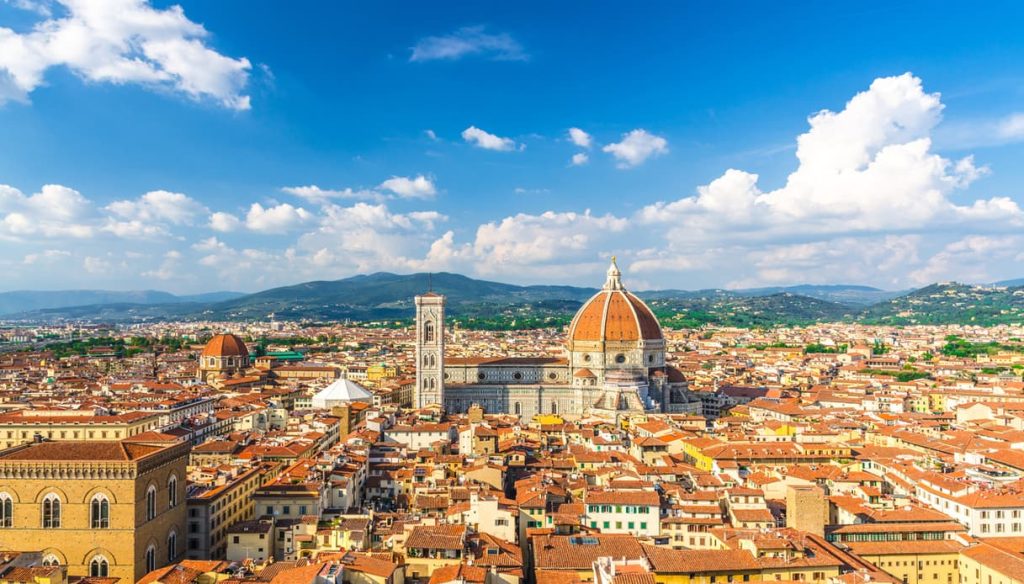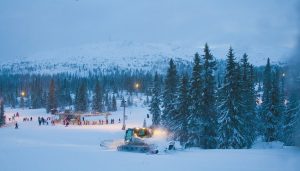Le vie dei Medici Museo diffuso en plein air, Italian show


Launched “from below” in 2004 by Professor Patrizia Vezzosi, “The Paths of the Medici“Is an integrated didactic project with the aim of discovering and enhancing Medicean itineraries following the immense imprint left by the Florentine family in Florence and throughout the Grand Duchy of Tuscany.
It is a journey to discover the extraordinary artistic, architectural and landscape heritage spread in places of great beauty, tangible documents of thecultural heritage of the Medici familypromoter of countless interventions on the territory whose common denominator is the representation of the Medici power.
The history of the Project / Network Le vie dei Medici Museo diffuso en plein air
The “Le Vie dei Medici” project was born in Cerreto Guidi through cultural exchanges between schools and, very soon, experienced a notable development with the involvement of numerous institutions and associations that created a Extensive network over Tuscany and Romagna Tuscanydemonstrating how the traces of the Medici go far beyond the historic center of Florence.
In 2015 the first recognition arrives: the National Commission for the UNESCO Associated Schools Network reports «Le vie dei Medici» as Best Practice UNESCO.
In 2017 the first editorial summary “Le Vie dei Medici” edited by Patrizia Vezzosi ed. Toscana Promotion of Tourism in Italian and English, and the Project is presented in Siena, as part of the WTE World Tourism Event – World Tourism Exhibition – UNESCO World Heritage Sites and Cities, and in Rome, at the Villa Medici, home of the French Academy.
In 2018 he was selected as part of the annual meeting of Lucca Beni Culturali (LuBeC) dedicated to the development and knowledge of the cultural heritage, technology and tourism supply chain, and in 2019, V Centenary of the birth of Cosimo I de ‘Medici, they are well 50 events “The streets of the Medici” held in Tuscany and in the Tuscan Romagna.
Then came the recognition by FEISCT (European Federation of Historical, Cultural, Tourist Routes) as the first patrimonial community of Tuscany under the Faro Convention, the reporting by Forbes magazine and the recent selection at a national level in the Call for Italy Patria della Bellezza 2022.
The next goal of the “Vie dei Medici” is to become a Cultural Route of the Council of Europe.
Traveling to discover the magnificence of a large family
Proponents of artistic creativity and tireless collectors, the Medici were promoters of significant territorial interventions whose red thread is the representation of their power.
The exciting journey to discover the big family starts from Firenze, Capital of the Grand Duchy. Walking in the historic center, many “material documents” of their presence stand out: the Medici-Riccardi Palacethe Complex of San Lorenzo, the Garden of Sculptures and the Casino Mediceo, the Garden of the Simple and the backbone Vasari-Uffizi Corridor which connects the two ducal palaces, Palazzo Vecchio and Palazzo Pitti with the Boboli Gardens and Forte Belvedere.
The highest expression of the power of the Florentine family are then Medici Villaswidespread from the mid-fifteenth century to the early seventeenth century, especially in Mugello, the land of origin of the Medici, around Florence, along the Arno plain and on the borders of the Florentine state: today they are 36 villas surveyedof which 12 (plus 2 gardens) have been recognized as a UNESCO World Heritage Site.
Another representative place is the Fucecchio lakethe reclamation of which was carried out starting from 1574 by the successors of Cosimo I, Francesco I and Ferdinando I de ‘Medici: over time, woods and restricted oases of cereal cultivation give way to a modern sharecropping structure run with the farm system.
The emblem of the reclamation is the Villa of Bellavistain Borgo a Buggiano (Pistoia), a patrician residence from the Baroque period.
The beauty of these places of naturalistic interest can be admired on foot, by mountain bike or by boat.
Again, stop at Livorno with the boat tour of the Fossi Medicei, following the pentagonal perimeter of the sixteenth-century fortifications and entering the Venezia Nuova district, and Portoferraiothe Cosmopolis, the “ideal Renaissance city” of Cosimo I.
But it does not end there: the evocative paths in the footsteps of the Medici continue to discover the imposing defensive system of the Grand Duchy, with the majestic fortresses built to make safe the cities of the Florentine State, and of Mines and Ironworks including the Temperino Mine in the Archaeological Mines Park of S. Silvestro (Campiglia Marittima LI), the Iron Route at the Ecomuseo della Montagna Pistoiese, and the system of foundries and ironworks in Valpiana (in the municipality of Massa Marittima GR) .
The trip is concluded by the Streets of the Remipaths used in the sixteenth and seventeenth centuries for the hollow of the timber (firs for the masts and beeches for the oars) from the woods of the mountains of Barga to
to the river Serchio and the aqueducts and fountains in the ancient villages of Pitigliano, Sorano and Sovana.







